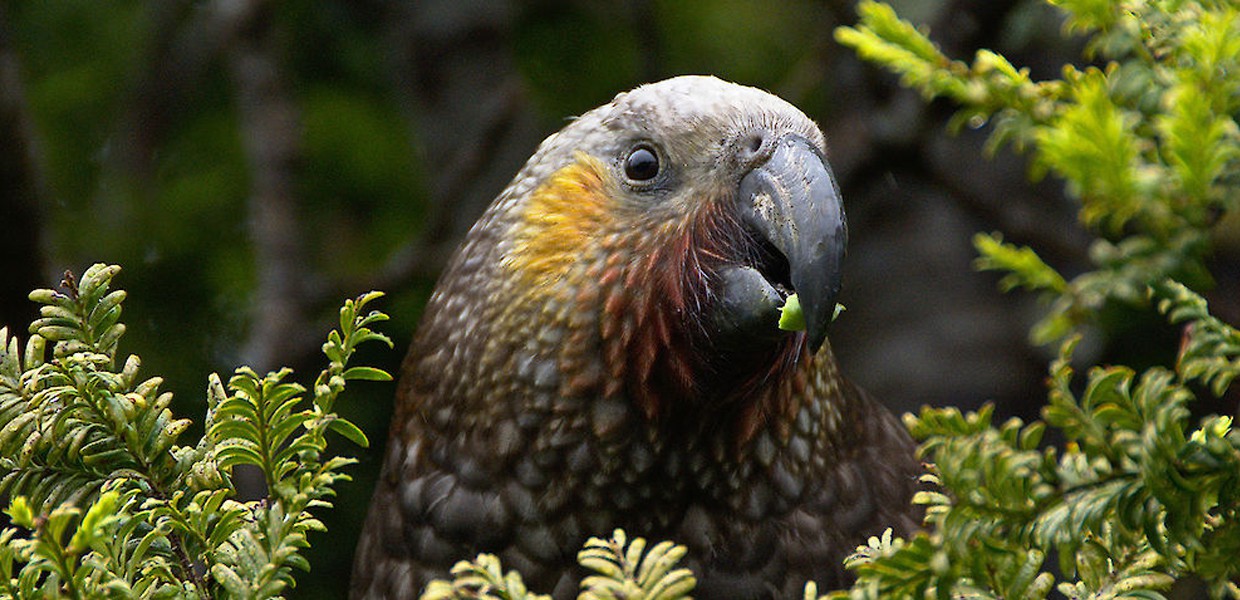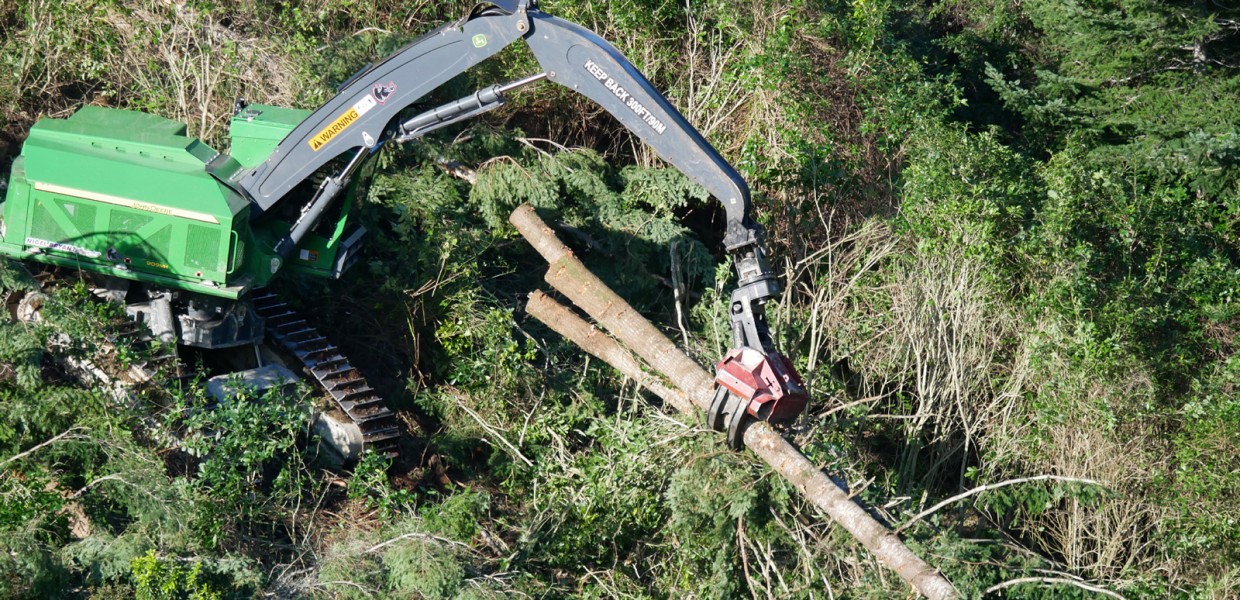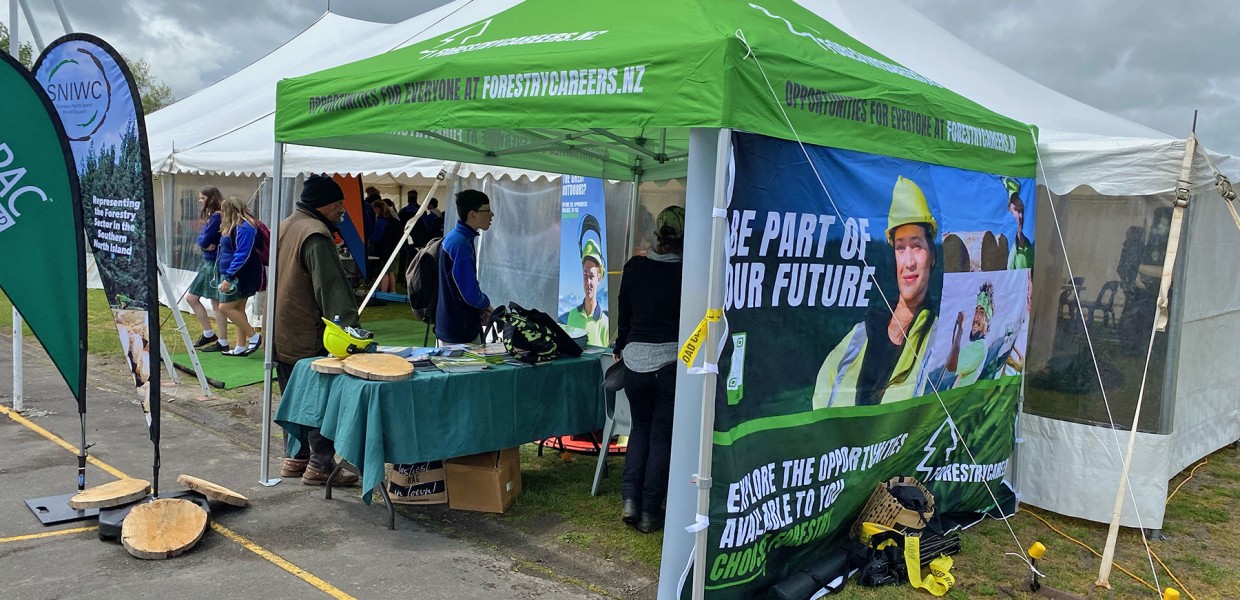09 July 2009
There will be big changes in the New Zealand landscape if the government follows the logical course and uses tree planting to help reduce the country’s greenhouse gas emissions.
Referring to the Infometrics study released yesterday, the NZ Forest Owners Association says it would be profitable to plant new forests on hill country even at the lowest carbon prices they modelled.Association president Peter Berg says the key is to have an active and open market supported by the right government policy mix.
The government plans to use carbon pricing as the main way to reduce the country’s greenhouse gas emissions. It is now getting public feedback on the size of the reduction commitment it should be announcing at United Nations climate change talks later this year. The larger the commitment, the higher the carbon price will need to be to get people to make the necessary changes to their businesses and lifestyles.
The International Panel on Climate Change says developed countries need to reduce their emissions to 25-40% below 1990 levels by 2020. “With New Zealand tracking on a ‘business as usual’ basis to be 40% above 1990 emission levels by 2020, even a modest commitment of 20% below 1990 will be a major challenge,” says Mr Berg.
“Infometrics figures suggest that to achieve that sort of reduction in emission activity requires a carbon price of more than $200 a tonne. Even at $100 a tonne, a typical radiata forest would generate an average of $2000 or more in carbon credit income per hectare per year for 30 years. That compares with a gross annual income of $530 a hectare on a typical hill country sheep and beef operation.”
But before anyone gets too excited at the possibilities, he says there are major barriers to forestry investment, regardless of the carbon price.
“Everyone is scared of making long-term investments in the current economic climate, especially in something as speculative as the carbon price at harvest. It’s a lottery – will $200 a tonne in 2012 become $500 a tonne in 30 years time, or only $5 a tonne?,” he asks.
“Also carbon credits accrue quite slowly in the first 10 years of a forest’s life, which is the main period of expenditure. For a farmer converting part of a farm, it means forgoing livestock income during this period. There’s also the need for force majuere protection to cover the owner if a Kyoto forest is destroyed by fire, pests or volcanic eruption.”
Mr Berg says the answer probably lies in the government offering land owners a scheme that smoothes the flow of credits through the life of the forest and removes the obligation for repaying the credits, so long as the forest is replanted.
“If it gets the policy right, New Zealand will get trees and hill country erosion control at no cost to the taxpayer. The NZFOA is already in talks with officials about these issues and we feel we have been given a good hearing,” Mr Berg says.
Planting on erosion-prone hill country will reduce flooding and most importantly, the loss of carbon-rich soils that would otherwise contribute to New Zealand’s emissions profile.
“Where possible, new Kyoto forests should be for eventual harvest because this maximises the carbon sequestration benefits of forestry and timber and also provides opportunities for jobs and wealth creation following harvest.
“A significant carbon price will also result in a big increase in demand for biofuels; some of it from species grown specifically for the purpose. Gasification plants would produce heat energy, biochar for carbon loading farm soils as well as liquid biofuels. Much of the trash now left to rot in harvested or thinned forests would be utilised.”
Mr Berg says maximising long-term carbon storage will drive the economics of new Kyoto forests and encourage the planting of indigenous and exotic species other than radiata pine. “There will be a lot more trees in our landscape and our overall land use will be much more sustainable because of that.”
For more information, please ring Peter Berg, Tel 021 421 291






